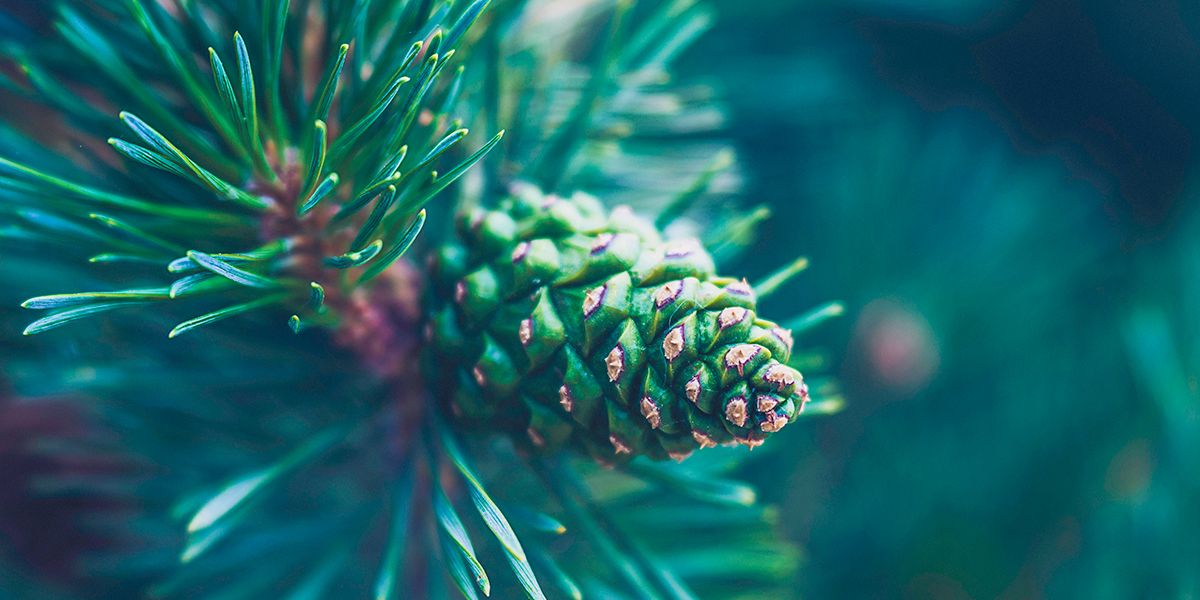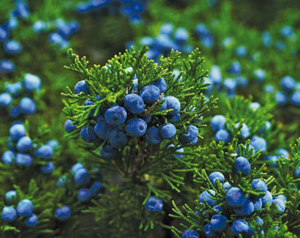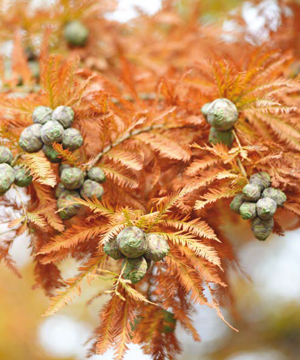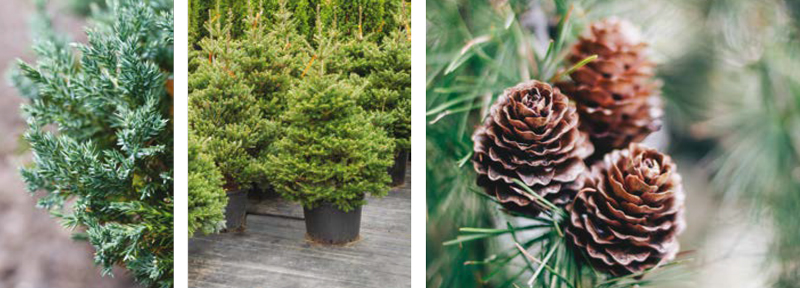Winter’s Landscapes | Conifers Offer Majestic Trees and Shrubs

While many conifers are evergreen, not all evergreens are conifers. Nor are all conifers evergreen. Confused? It’s easy to be, at first glance. The name “conifer” stems from Latin and means “cone bearer,” a nod to how conifers reproduce via cones, not blossoms. The cones contain seeds that allow the plants to reproduce without pollination. In addition to cones, conifers tend to have needles or scale-like leaves. Evergreens like firs, pines, spruces, junipers, cedars and hemlocks are conifers, but hollies, boxwoods and azaleas, also evergreens, are not.
However, not all cones are easily identifiable as such. Take, for instance, the ginkgo tree. What are often referred to as “berries” produced by ginkgo trees are, in fact, cones. In a similar vein, the yew, an evergreen, is a conifer because the red “berries” it produces are actually cones as well. Now you know!
 Planting to thrive
Planting to thrive
When considering adding any tree or shrub to your landscape, it is of utmost importance to consider the conditions of the area as well as your reasons for planting it. Are you working with full sun versus shade and in what type of soil? How fast and how big will the end result be? Do you want the tree to provide shade or privacy from a road, or do you just want something to break up the landscape? When planting a conifer, consideration must be given to the type of cones they produce; while conifers can be a dramatic addition to the landscape, they can also be considered messy for the cones they shed. The ginkgo is an excellent example, as well as the Eastern white pine. Thankfully, this is not true of all conifers; junipers have much smaller cones that don’t make quite the same mess as their conifer relatives.
You’ll also want to ensure whatever you plant will thrive in our geographical area. Native trees are best suited to withstanding our weather patterns, and also fit into the local eco-system, where birds and other wildlife are adapted to utilize them. It is recommended to purchase whatever you plant from a reputable local nursery and ask if it was propagated from local stock. Ensuring a tree was propagated locally means it is adapted to our climate. For instance, a tree grown in Alabama will be able to withstand our summers better than a tree grown in Maine, but it will struggle with some of the colder winter weather our area sees.
 The Eastern red cedar is a native conifer that can withstand most soil types and has almost no serious pests or diseases. Reaching a height of 30 to 60 feet with an 8 to 25-foot spread, the tree has small purple blooms that become a small pale green to dark blue berrylike cone. Its scale-like foliage ranges in color from gray to blue to dark green, with scented bark that ranges from an exfoliating gray to red-brown. The Eastern white pine, the Table Mountain pine, and the Loblolly pine are among the numerous native conifers to our area that reach heights of anywhere from 30 to 100 feet in height, but many take up only a few feet in diameter. Another native conifer is the bald cypress. A deciduous tree, it prefers stream banks, swamps and river bottoms. The soft, needle-like leaves resemble feathers, turning from yellow-green to orange, cinnamon and coppery in the fall before dropping. With a height of 50 to 70 feet and a spread of 20 to 35 feet, these trees need a large space, but are fantastic in areas that see a lot of water.
The Eastern red cedar is a native conifer that can withstand most soil types and has almost no serious pests or diseases. Reaching a height of 30 to 60 feet with an 8 to 25-foot spread, the tree has small purple blooms that become a small pale green to dark blue berrylike cone. Its scale-like foliage ranges in color from gray to blue to dark green, with scented bark that ranges from an exfoliating gray to red-brown. The Eastern white pine, the Table Mountain pine, and the Loblolly pine are among the numerous native conifers to our area that reach heights of anywhere from 30 to 100 feet in height, but many take up only a few feet in diameter. Another native conifer is the bald cypress. A deciduous tree, it prefers stream banks, swamps and river bottoms. The soft, needle-like leaves resemble feathers, turning from yellow-green to orange, cinnamon and coppery in the fall before dropping. With a height of 50 to 70 feet and a spread of 20 to 35 feet, these trees need a large space, but are fantastic in areas that see a lot of water.
Small but mighty
Not all conifers are so tall. There are any number of dwarf conifers available that can be used to add texture and interest to the garden without needing large amounts of space. Often used as foundation or border plantings, these shrubs either don’t grow large or are well suited to being pruned and maintained at a certain size. There are creeping junipers that don’t get above 18 inches in height that act as groundcovers, while spreading junipers may only achieve a height of 2 to 8 feet but will spread to 5 to 8 feet. Other dwarf conifers include shrubs like the bird’s nest spruce which grows to be about 3 to 5 feet tall with a width of 4 to 6 feet while slowly forming a rounded mound. The dwarf Alberta spruce is another shrub for consideration; the classic Christmas-tree shape combined with its fuzzy, densely packed short needles doesn’t grow over 13 feet tall, making it a popular foundation planting or specimen tree in many landscapes.

With such a wide variety of shapes and sizes, conifers offer a wide range of trees, shrubs and even groundcovers for the landscape. There is certain to be a conifer for every yard. ✦
bald cypress, cone bearer, conifers, deciduous tree, dwarf conifers, Eastern red cedar, Eastern white pine, evergreen, ginkgo tree, Junipers, Loblolly pine, Native trees, Table Mountain pine, winter landscapes






